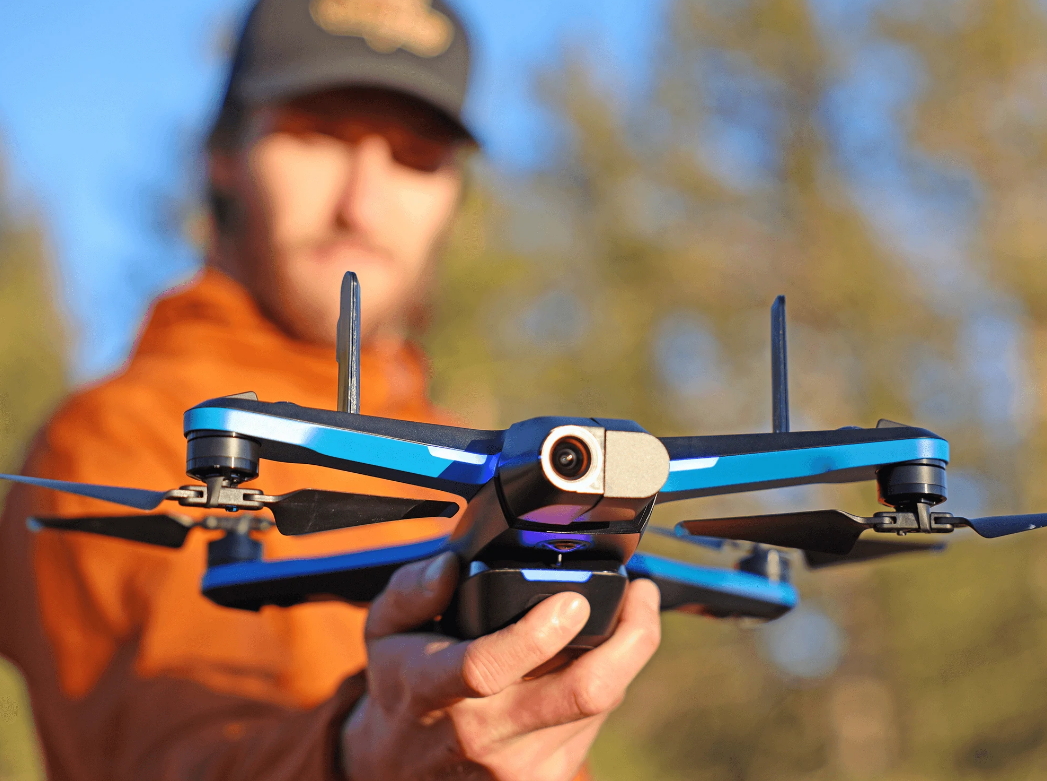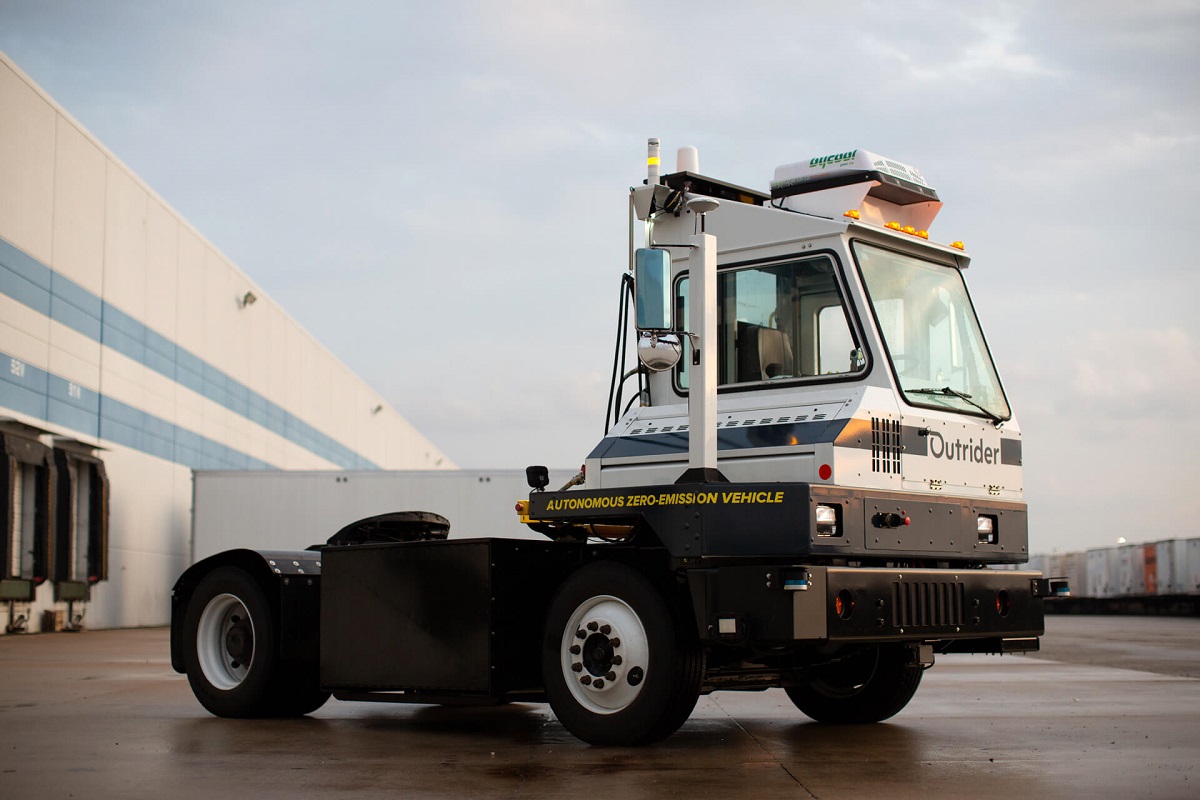In a world where robots have long been confined to factories and laboratories, a new player from China is working to bring them into our homes. Beijing-based ROBOTERA Technology, founded less than two years ago, is making waves with its remarkably advanced humanoid robots.
A Tsinghua University Connection
Founded in August 2023 by Chen Jianyu, an assistant professor and doctoral supervisor at the prestigious Tsinghua University, ROBOTERA stands out as the only humanoid robot company partially owned by the university itself. This academic backing gives the young startup significant credibility in a field where technical expertise matters greatly.
Why Humanoid Robots?
While many robotics companies focus on specialized machines for specific tasks, ROBOTERA is betting on human-shaped robots. According to the company, there are several compelling reasons for this approach:
- Better adaptation to human environments: Our homes, offices, and cities are designed for humans. Robots with human-like bodies can use the same tools, climb the same stairs, and navigate the same spaces we do.
- Easier learning from human data: A robot shaped like a human can more easily learn by watching humans perform tasks.
- Stronger emotional connection: People naturally find it easier to interact with and relate to machines that resemble themselves.
The ROBOTERA Product Line
The company has developed three notable products:
STAR1: The Full Humanoid
STAR1 is ROBOTERA's flagship humanoid robot with 55 degrees of freedom (which simply means it can move in 55 different ways). This impressive machine can run outdoors at speeds up to 3.6 meters per second (about 8 mph) - faster than many humans can sprint.
Equipped with Intel processors and NVIDIA computing platforms, STAR1 has both the "muscles" and the "brain" needed for complex movements and tasks. It features fingertip sensors, depth cameras, microphones, and even a screen for facial expressions.
M1: The Upper-Body Specialist
Not every situation requires a full humanoid robot. The M1 is what's called a "semi-humanoid" - focusing on the upper body for research and service tasks. With its seven-degree-of-freedom arms and highly dexterous hands, the M1 can perform delicate operations similar to human hands.
XHAND1: The Super Hand
Perhaps most impressive is ROBOTERA's standalone robotic hand, the XHAND1. While many robotic hands are simplified with limited movement, the XHAND1 has 12 independently moving joints allowing it to match nearly all human hand movements.
Despite weighing just 1.1 kg (about 2.4 pounds), this mechanical marvel can grip with a force of up to 80 Newtons and carry objects weighing up to 25 kg (55 pounds). It even includes over 100 touch sensors to detect force and temperature.
What Makes This Different?
Many companies have tried to build humanoid robots before. What separates ROBOTERA is their focus on creating what they call "native general embodied intelligence" - essentially robots that can learn to interact with the physical world in natural ways.
By combining advanced mechanical engineering with artificial intelligence, ROBOTERA aims to create robots that aren't just programmed for specific tasks but can learn new skills through methods like imitation learning - watching humans and copying what they do.
While ROBOTERA's products are primarily aimed at researchers for now, the company has bigger ambitions. Their stated goal is nothing less than "bringing robots into tens of millions of homes" and "ushering in a new era of robots."
Whether your next housemate will be a ROBOTERA product remains to be seen, but this ambitious Chinese startup is certainly pushing the boundaries of what's possible in humanoid robotics.


















